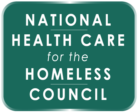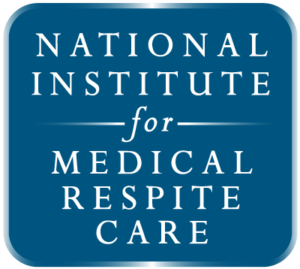Homelessness [and poverty] is rapidly escalating across North America and is associated with dire implications for public health and our health care systems. Both are compelling states of existence affecting all ages, ethnicities and both genders. Homelessness frequently evolves through a complex interaction of factors that are both internal and external to the individual themselves. Once homeless, equitable access to both preventative and remedial health care is lacking and is associated with a higher than average burden of cardiovascular disease [CVD] risk factors, morbidity and mortality and is accompanied by disproportionately high health care costs. The emergence of limited, small scale programs aimed at addressing the unique health and social needs of the homeless is encouraging. However, there has been inadequate commitment at the National, State or Provincial and local levels to implement policies and dedicate funding and resources to the expansion of such “individual level” interventions into comprehensive programs that deliver sustainable, integrated prevention and services, especially with regard to CVD. The long-term solutions that address the links between homelessness and CVD lie in preventing homelessness and reversing the trends in our health care system that create disparities for lower socioeconomic status [SES] and homeless individuals.
Cardiovascular Disease Risk Among the Poor and Homeless—What We Know So Far
Categories:
Cardiovascular Disease, Chronic Disease, Clinical Practice

